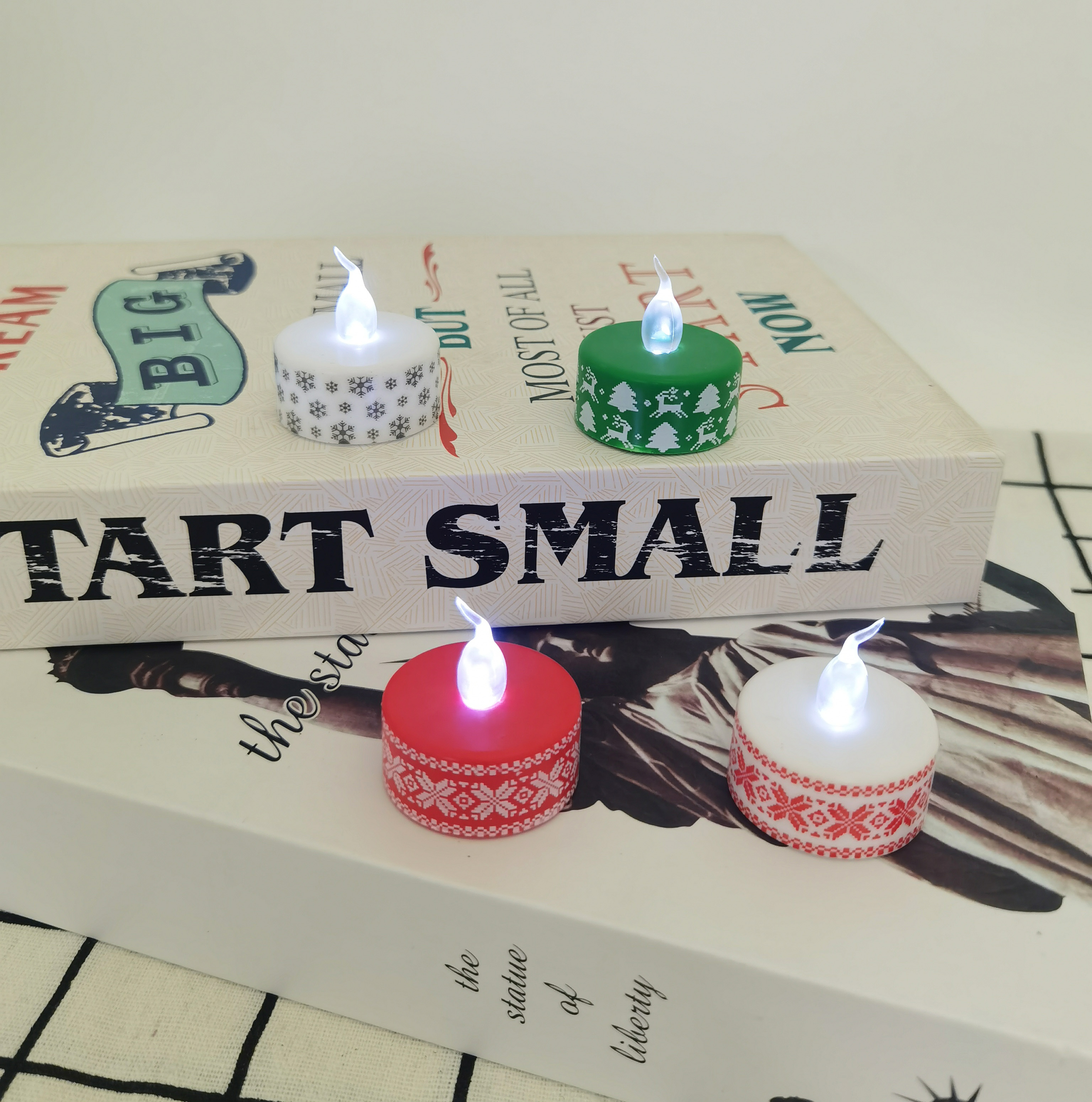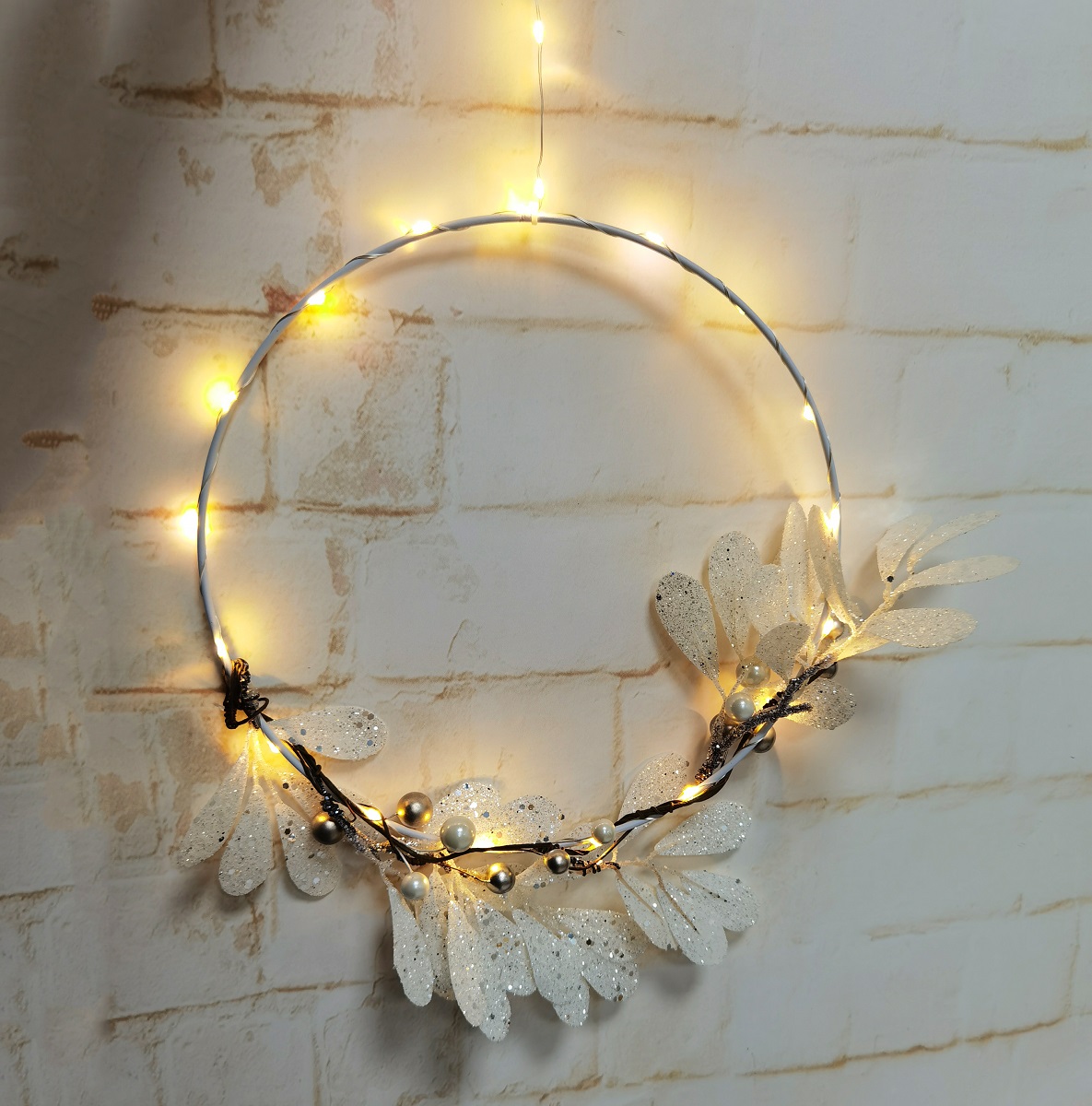

The LEDs are connected in series with positive and nega […]
The LEDs are connected in series with positive and negative connections. The two ends are just a positive terminal and a negative terminal, which are connected to the positive and negative sides of the power supply respectively. Current limiting resistors can be connected in series anywhere in this set of circuits. When the quantity is large, the method of combining series and parallel is adopted. Each group is connected in series. The number of parallel groups is determined according to the rated current of the power supply. The most parallel total current is that the current should not exceed the rated withstand current of the power supply.
Under normal circumstances, the voltage of the LED is about 3V (except for the red light). Due to the voltage and current characteristics of leds, the current must be limited in use. Excessive current will cause led breakdown and light attenuation. In order to ensure that the LED can work in the normal current range, when the LED is connected to the regulated power supply, the current limiting resistor must be connected in series. The role of the current limiting resistor is when the power supply voltage is too high or the LED temperature is too high. main effect.
When the voltage drop of the LED decreases and the current increases, the voltage drop of the current limiting resistor connected to the line increases, thereby controlling the LED current to rise in a straight line. In the LED series circuit, the product of the LED series times and the LED voltage must be less than the minimum voltage of the regulated power supply. For example, the power supply voltage is DC 12V, there can only be 3 LEDs in series at most, and a 150-200 ohm resistor must be connected in series in the middle to limit the current.
Extended information:
Like ordinary diodes, light-emitting diodes are composed of a PN junction and also have unidirectional conductivity. When a forward voltage is applied to the light-emitting diode, the holes injected from the P region to the N region and the electrons injected from the N region to the P region are respectively connected to the electrons in the N region and the vacancies in the P region within a few microns near the PN junction. Hole recombination, resulting in spontaneous emission of fluorescence.
The energy states of electrons and holes are different in different semiconductor materials. The amount of energy released when electrons and holes recombine varies, and the more energy released, the shorter the wavelength of light emitted. Commonly used are diodes that emit red, green, or yellow light. The reverse breakdown voltage of LEDs is greater than 5 volts. Its forward volt-ampere characteristic curve is very steep, and the current limiting resistor must be connected in series to control the current through the diode.




